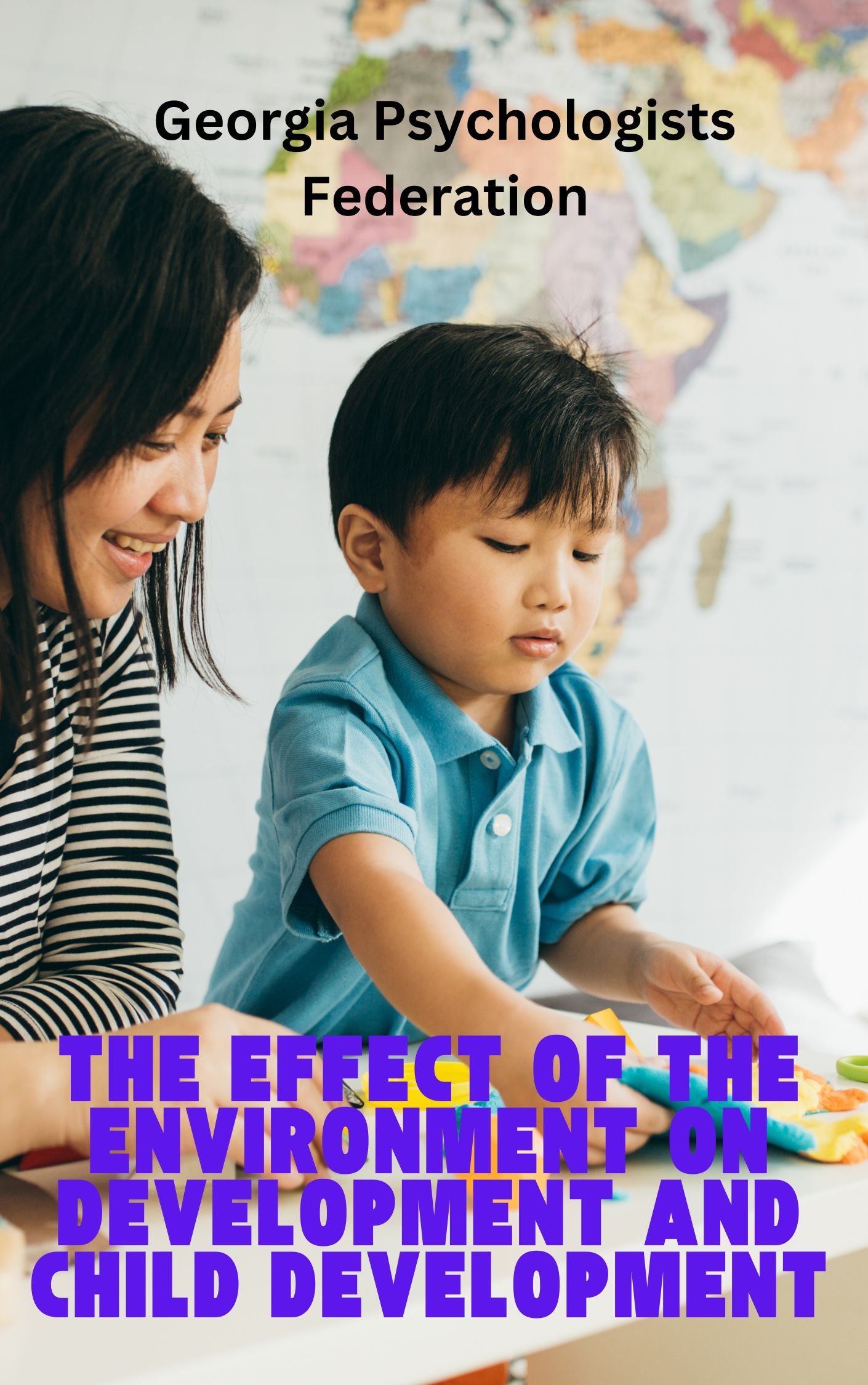Ready Article
The effect of the environment on development and child development (E-Book)
The effect of the environment on development and child development (E-Book)
Couldn't load pickup availability
Child development is a multidimensional process that is shaped by a complex interaction of genetic predispositions and environmental factors. During this process, the individual's physical, mental, emotional and social growth, maturation and learning experiences significantly affect their lifelong potential. Especially the early childhood period, i.e. the age range of 0-3, is a critical stage in which they are most open to learning and the foundation of developmental skills is laid (Doğan & Bıçakçı, 2018). Negativities experienced during this period may cause developmental delays or increased risks in children (Doğan & Bıçakçı, 2018). Environmental conditions affecting children's development include factors such as nutrition, medical care, social opportunities, educational opportunities and the environment in which they grow up (Doğan & Bıçakçı, 2018). Environmental factors can play a role in supporting or inhibiting children's development.
Peer relationships play a major role in children's social development; the peers they interact with in the school environment and in daily life represent an important group for their social development. Peer relationships established in the preschool period can be decisive in supporting all areas of development of the child, in social and psychological adaptation, in future social relationships and in adaptation to school (AKIN & Sani-Bozkurt, 2020). Positive relationships established with peers support children to notice and develop skills such as interpersonal communication, self-control, empathy, cooperation and cooperation at an early age (AKIN & Sani-Bozkurt, 2020). Developmental problems seen in children under the influence of environmental factors can be examined in different categories. Children with medical disorders that cause physical and developmental problems such as Down Syndrome or Fragile-X syndrome are at proven risk (Doğan & Bıçakçı, 2018). Biological risks that occur before, during and after birth, such as premature birth or low birth weight, can also lead to developmental problems (Doğan & Bıçakçı, 2018).
In addition to environmental factors, play also plays an important role in children's development. Play is a tool that supports children's learning by allowing them to comment on objects, events, emotions, and relationships (KARAKAŞOĞLU & Özdemir, 2021). It is observed that children with visual impairments often prefer toys that provide auditory stimuli in their play, exhibit play behaviors that are predominantly aimed at exploring objects or toys, show more repetitive play behaviors to explore toys, exhibit delays, especially in symbolic play, and play more alone (KARAKAŞOĞLU & Özdemir, 2021).
Share

